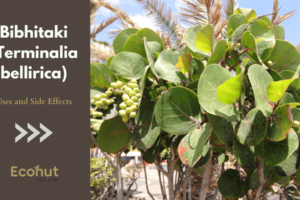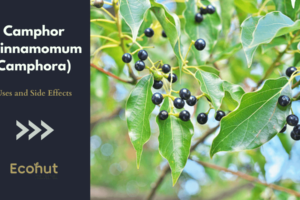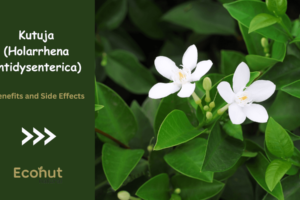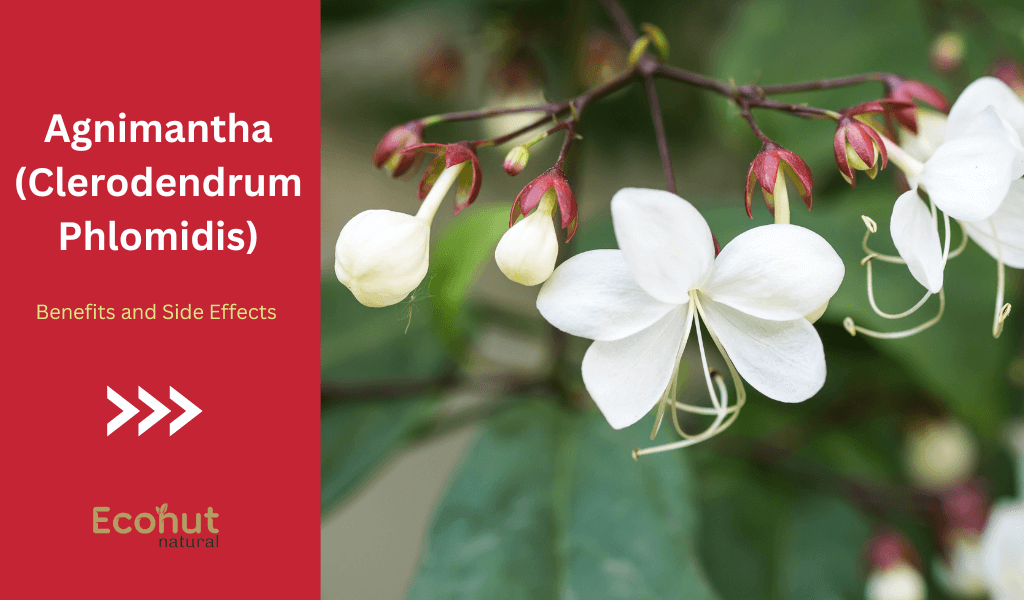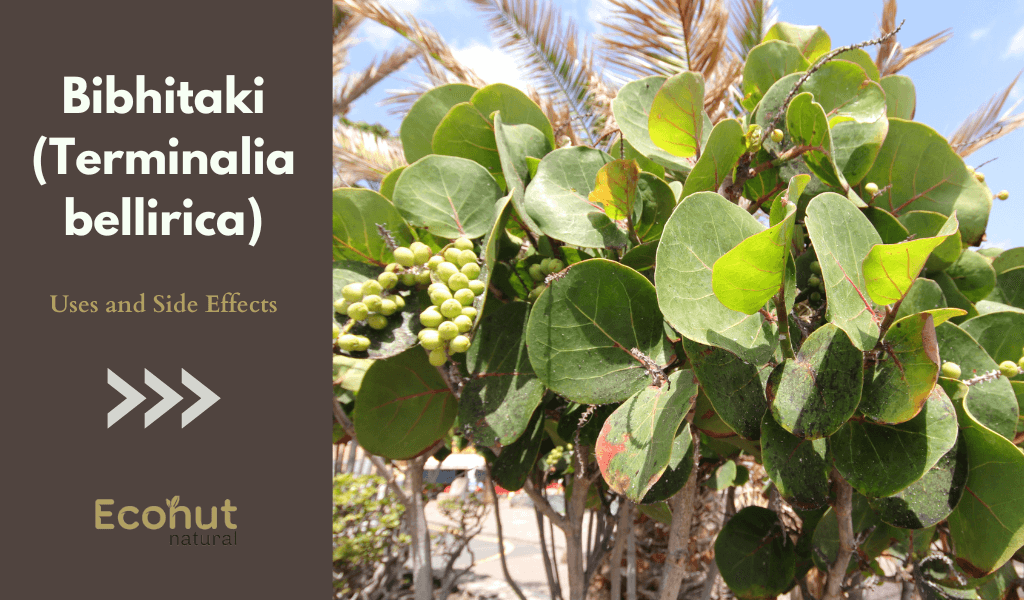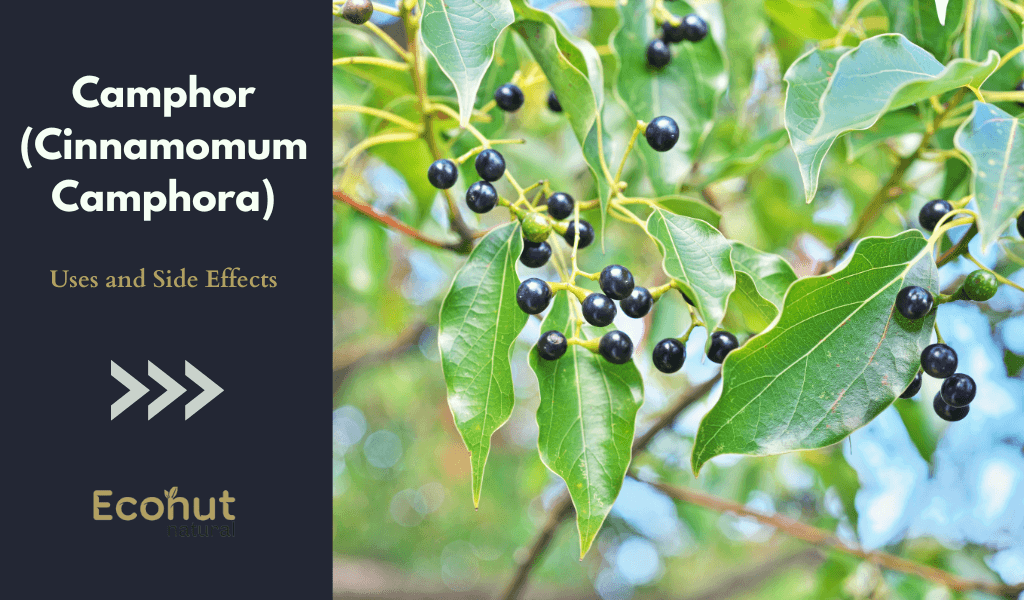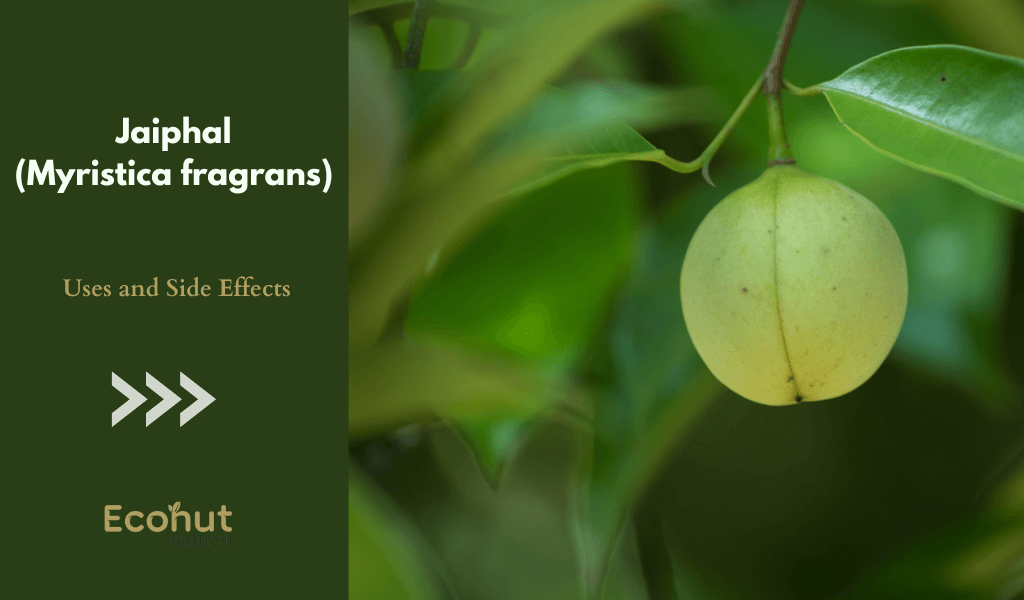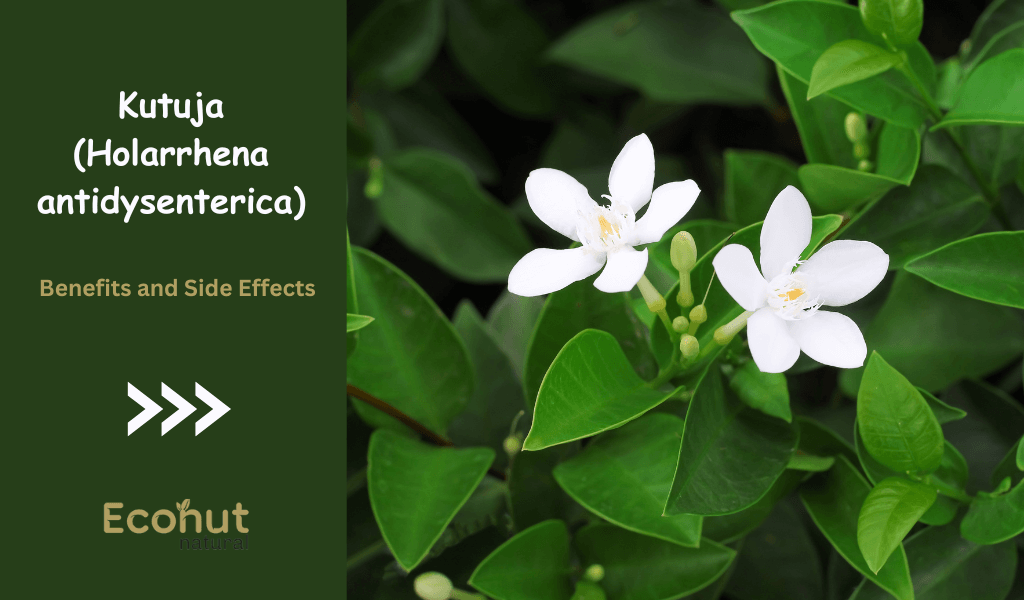Agnimantha (Clerodendrum Phlomidis) is a plant native to India and other parts of Southeast Asia. It belongs to the family Lamiaceae (the mint family). In Ayurveda, the traditional Indian system of medicine, various parts of the Agnimantha plant are used for their medicinal properties.
Characteristics
Agnimantha has been traditionally used in Ayurveda, the ancient Indian system of medicine, for its various therapeutic properties.
Botanical Characteristics:
Agnimantha is a shrub that typically grows up to 3-4 meters in height. It has a woody stem and branches with opposite leaves that are simple, elliptic, and slightly serrated at the margins. The leaves are about 5-12 cm long and emit a characteristic odor when crushed.
Flowers:
The plant produces clusters of small, white to pale blue flowers, which are arranged in terminal or axillary inflorescences. The flowers are tubular with five lobes and are often fragrant, attracting pollinators like bees and butterflies.
Fruit:
Agnimantha produces small, round, fleshy fruits that turn dark purple when ripe. These fruits contain small seeds.
Habitat:
Agnimantha is commonly found growing wild in various habitats throughout India, especially in the Himalayan region, as well as in parts of Southeast Asia.
Agnimantha (Clerodendrum Phlomidis) Classification
Family: Verbenaceae (Nirgundi kula)
Kingdom: Plantae
Order: Lamiales
Agnimantha (Clerodendrum Phlomidis) Names of Different Language
Latin name: Clerodendrum phlomidis
Sanskrit name: Agnimantha
Hindi: Tekar, Arni, Agathu, Ganiyari, Urni
Telgu: Nelli, Gabbunulli, Taluki
French name: Arbe a la migraine
Tamil name: Tachutazhai, Munnay
Malayalam: Munja
Bengali: Ganiyari, Ganira
Kannada: Arani, Aranel, Airanamula
Oriya: Ganiary
Ayurvedic Properties
Hindi / Sanskrit
- Rasa, Katu, Tikta, Kashay, Madhur
- Guna, Laghu, Rooksha
- Virya, Ushna
- Vipaka, Katu
English
- Taste, Pungent, Bitter, Astringent, Sweet
- Physical Property, Light, Dry
- Potency, Hot
- Metabolic Property (After Digection), Pungent
Parts Used:
- Roots
- Leaves
- Bark
Benefits of Agnimantha (Clerodendrum Phlomidis)
Agnimantha (Premna integrifolia) is a medicinal plant commonly used in Ayurvedic medicine. It is believed to offer a range of health benefits, although scientific research on its efficacy is ongoing. Here we discuss some of most important benefits are below.
Anti-inflammatory properties:
Agnimantha is believed to possess anti-inflammatory properties, which may help in reducing inflammation in the body. This could potentially be beneficial in managing conditions like arthritis and other inflammatory disorders.
Analgesic effects:
It is also believed to have analgesic properties, meaning it may help alleviate pain. This could be particularly useful in managing pain associated with conditions like arthritis, muscle sprains, and other painful inflammatory conditions.
Antioxidant activity:
Agnimantha is rich in antioxidants, which help neutralize harmful free radicals in the body. This antioxidant activity may help protect cells from oxidative damage and reduce the risk of chronic diseases such as heart disease, cancer, and neurodegenerative disorders.
Immunomodulatory effects:
Some studies suggest that Agnimantha may have immunomodulatory effects, meaning it may help regulate the immune system. This could potentially enhance immune function and improve the body’s ability to fight off infections and diseases.
Diuretic properties:
Agnimantha is known for its diuretic properties, which means it may help increase urine production and promote the elimination of excess fluids and toxins from the body. This could be beneficial for individuals with conditions like edema or urinary tract infections.
Digestive health:
In Ayurveda, Agnimantha is also used to support digestive health. It is believed to stimulate digestion, improve appetite, and relieve digestive discomforts such as bloating and indigestion.
Weight management:
Some traditional uses of Agnimantha include its role in weight management. It is believed to help in reducing excess body weight by promoting metabolism and aiding in the elimination of toxins from the body.
Anti-diabetic effects:
There is some evidence to suggest that Agnimantha may have hypoglycemic properties, meaning it may help lower blood sugar levels. This could be beneficial for individuals with diabetes or those at risk of developing the condition.
Also More: Jamun (Syzygium cumini): Benefits, Uses, Properties and Dosage
Agnimantha (Clerodendrum Phlomidis) Side Effects
Agnimantha (Clerodendrum Phlomidis) used for various medicinal purposes, it’s essential to be aware that like any herbal remedy, Agnimantha may have side effects and interactions with certain individuals or medications. Here are some potential side effects and considerations.
Produce Allergic reactions:
Some individuals may be allergic to Agnimantha or other plants in the same family. Allergic reactions can range from mild skin irritation to severe reactions such as difficulty breathing or anaphylaxis.
Gastrointestinal issues:
Agnimantha may cause gastrointestinal disturbances such as nausea, vomiting, diarrhea, or abdominal discomfort in some individuals, especially when taken in large doses.
Liver toxicity:
There is limited scientific evidence regarding the potential hepatotoxicity (liver toxicity) of Agnimantha. However, excessive or prolonged use may potentially harm the liver in susceptible individuals.
Medicine interactions:
Agnimantha may interact with certain medications. For example, it may potentiate the effects of blood-thinning medications, leading to an increased risk of bleeding. It’s essential to consult with a healthcare professional before using Agnimantha, especially if you’re taking prescription medications.
Pregnancy and breastfeeding:
There is limited information available regarding the safety of Agnimantha during pregnancy and breastfeeding. Pregnant or breastfeeding women should consult with a healthcare provider before using this herb.
Other considerations:
Since Agnimantha may affect blood sugar levels and blood pressure, individuals with diabetes or hypertension should use it cautiously and under the guidance of a healthcare professional.
Conclusion
Agnimantha, scientifically known as Clerodendrum phlomidis, exhibits promising medicinal properties, validated by traditional and modern research. Its diverse array of bioactive compounds, including phenolic acids, flavonoids, and alkaloids, contribute to its therapeutic efficacy. Studies suggest its potential in managing various ailments, including inflammation, diabetes, and gastrointestinal disorders. With ongoing exploration, Agnimantha stands as a valuable resource in traditional medicine and holds promise for future pharmacological applications.
FAQS
What are the medicinal uses of Agnimantha?
Agnimantha is used in Ayurvedic medicine for various purposes, including treating inflammation, fever, arthritis, rheumatism, digestive disorders, respiratory problems, and urinary disorders. It is also known for its diuretic and anti-inflammatory properties.
Are there any side effects of Agnimantha?
When used in appropriate doses and under the guidance of a qualified practitioner, Agnimantha is generally considered safe. However, excessive consumption may lead to certain side effects such as stomach upset, nausea, or allergic reactions in some individuals.
Is Agnimantha suitable for long-term use?
While Agnimantha is generally considered safe for short-term use, it’s advisable to consult with a healthcare practitioner before using it for an extended period, especially if using it as a remedy for chronic conditions. Long-term use may require monitoring for any potential adverse effects or interactions with other medications.

